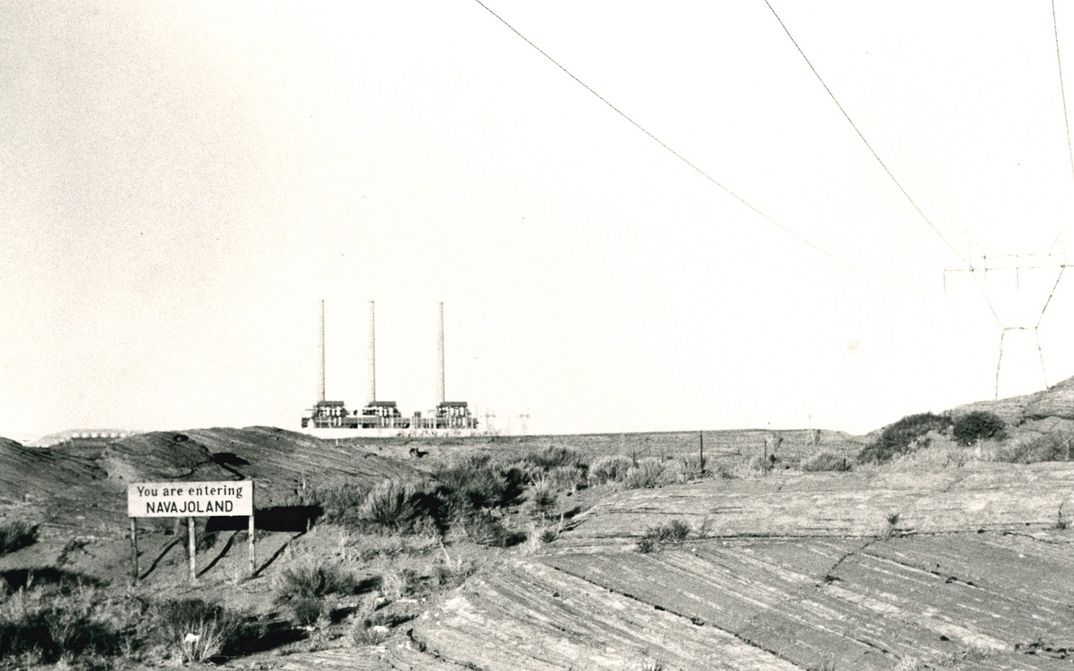El campo para el hombre and Sacrifice Area

Fri 07.07.
20:00
Cinema
Arsenal 1
Director
Colectivo cine de la Clase/ Helena Lumbreras, Mariano Lisa
Spain / 1975
51 min.
/ 16 mm
/ Original version with German subtitles
Shot clandestinely during Franco's dictatorship and screened illegally by workers' organizations, the film formulates a clear and acute critique of class relations, especially regarding property. At the time, Spanish agriculture, was dominated by large landowners on the one hand and on the other, small farmers who did not own land and were thus dependent on the former, living and working in almost feudal conditions. Franco had reversed the progressive agrarian reforms of the Second Spanish Republic (1931-1936/39), cementing stark social inequality. Farmers in various rural regions of Spain, from Galicia to Andalusia, talk of their plight in front of the camera, demanding to an end to exploitation, oppression, and the lack of educational opportunities.
Director
Ernie Daman & Otto Schuurman
Netherlands / 1981
64 min.
/ 16 mm
/ Original version with German subtitles
Original language
English
In the US, areas with coal and uranium deposits can be officially declared "national sacrifice areas" on the grounds that their extraction will secure the domestic energy supply. This status was granted to the Black Hills in South Dakota, which are considered sacred to indigenous peoples. In 1980, a diverse group of citizens, including indigenous peoples and farmers, formed the Black Hills Alliance and organized a 10-day Black Hills Survival Gathering, which attracted 11,000 participants from all over the world. This film by two Dutch directors was intended as a contribution to the discussion about the use of nuclear energy and the rights of indigenous peoples. The struggle against uranium mining continues today and in 2009 the Black Hills Clean Water Alliance was founded.